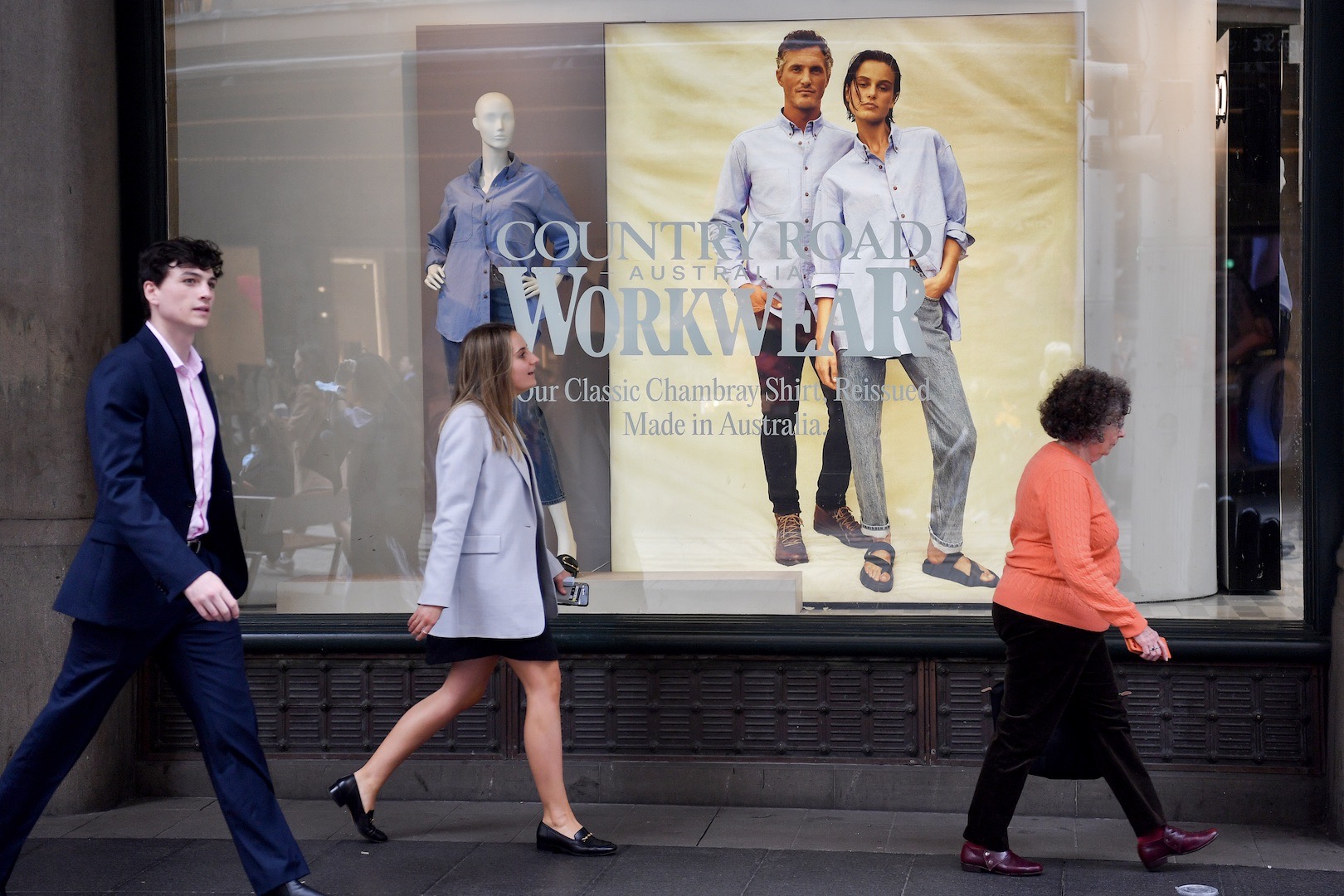
By Poppy Johnston in Canberra (update 3.10pm)
The job market remains in good shape but a return to a near 50-year unemployment low has reinvigorated the case for more interest rate hikes.
The jobless rate fell back to 3.5 per cent in February after an unexpected uptick to 3.7 per cent the previous month.
About 64,600 jobs were added during the month, Australian Bureau of Statistics data shows.
“With employment increasing by around 65,000 people and the number of unemployed decreasing by 17,000 people, the unemployment rate fell to 3.5 per cent,” head of labour statistics Bjorn Jarvis said.
“This was back to the level we saw in December.”
The unemployment rate improved in every state and territory except Queensland, which has corrected a little from particularly strong results previously.
The participation rate rose 0.1 percentage point to 66.6 per cent, also back to its December level.
The February boost in employment followed two consecutive months of declines, with 10,900 jobs disappearing from the economy in January.
Many economists expected a bounce back in the employment numbers because of the unusually high number of people waiting to start a new job in the previous month.
The February number came in a little higher than the consensus forecasts of a 50,000 lift in employment over the month, effectively unwinding the weak January result.
EY chief economist Cherelle Murphy said the February jobs data offered a clearer picture of the jobs market unhindered by COVID-19 and bad weather.
“It’s hot,” she said.
“Signs of weakness in December and January are gone, with more Australians working than ever before and the number of hours worked also at a record high.”
Hours worked were up 5.1 per cent compared to February 2022, with hours worked lifting 8.4 per cent since the start of the pandemic.
The return to a national jobless rate in the mid-threes – with one unemployed person for every job vacancy – will likely support the case for further interest rate rises.
The RBA has softened its communications around future rate hikes and indicated it is getting closer to putting them on hold, but said it would base its April decision on incoming data.
BIS Oxford Economics head of macroeconomic forecasting Sean Langcake said the tight labour market was starting to generate faster wage growth.
“Labour cost pressures are still contained and the RBA is looking to ensure this remains the case,” he said.
Ms Murphy also said the strong labour market would support the household sector as home owners stump up higher mortgage repayments.
A strong report card for the business sector in NAB’s monthly survey also suggests the RBA has more work to do to cool the economy despite concerns of financial instability overseas.
Employment Minister Tony Burke said there were no signs of a wage-price spiral and the link between low unemployment and higher wages had been weakened over the years.
“The macro-economists talk about the hydraulic pressure that when unemployment is low, it pushes wages up but in Australia we have had industrial relations laws where that hydraulic pressure is there but there are leaks in the pipes,” he told reporters in Sydney.
“We fixed a number of those leaks in the pipes last year, so that wages could start moving.”
Who can be trusted?
In a world of spin and confusion, there’s never been a more important time to support independent journalism in Canberra.
If you trust our work online and want to enforce the power of independent voices, I invite you to make a small contribution.
Every dollar of support is invested back into our journalism to help keep citynews.com.au strong and free.
Thank you,
Ian Meikle, editor





Leave a Reply